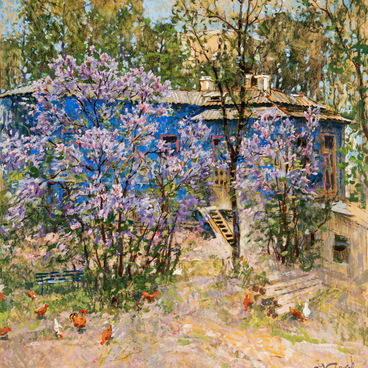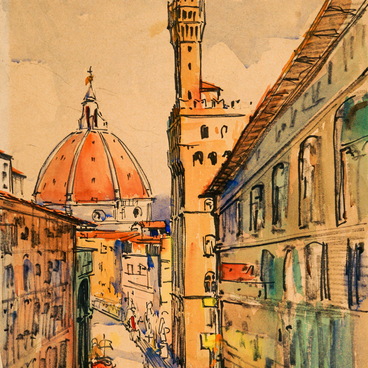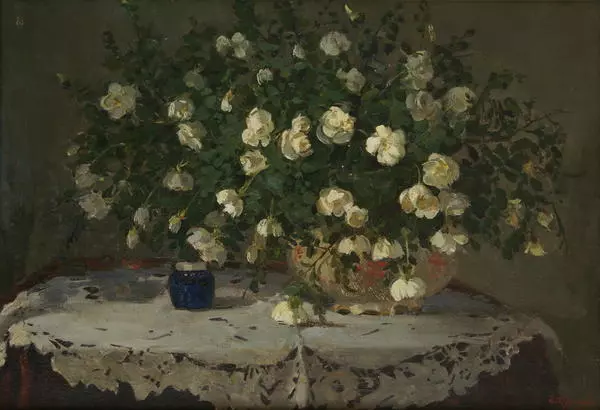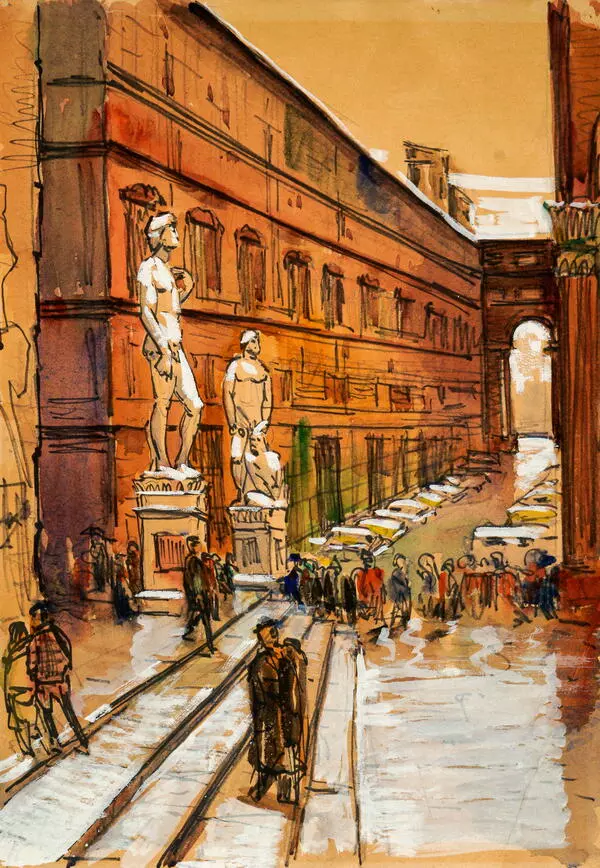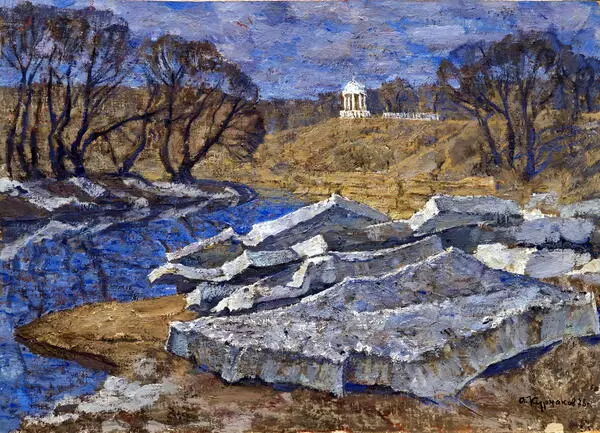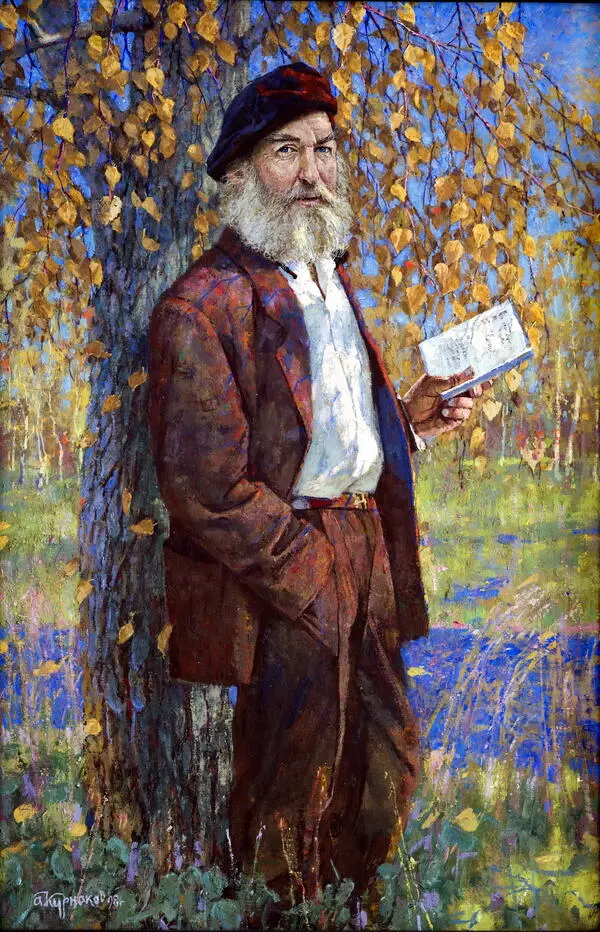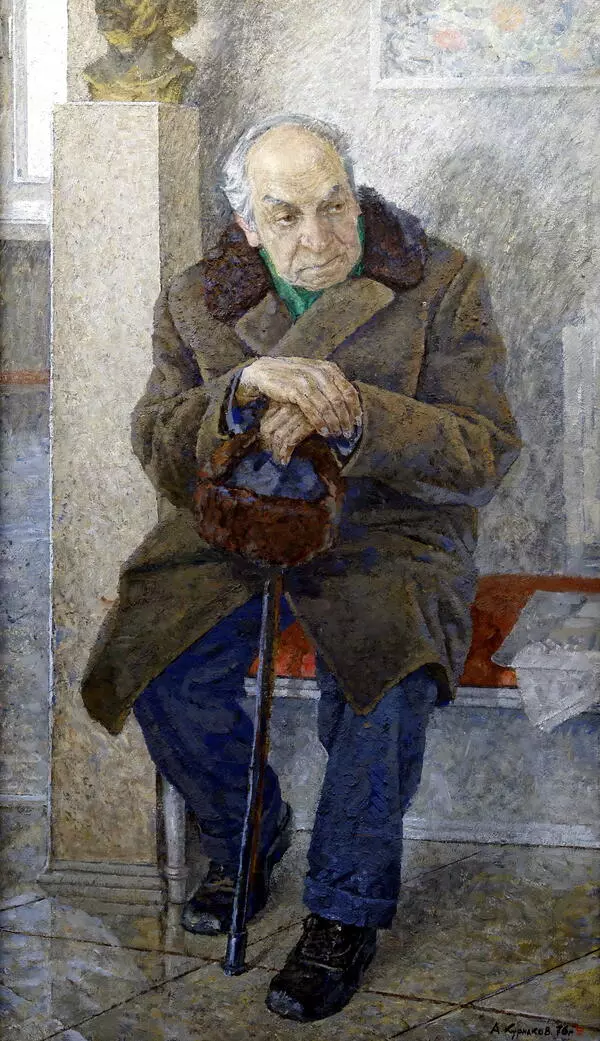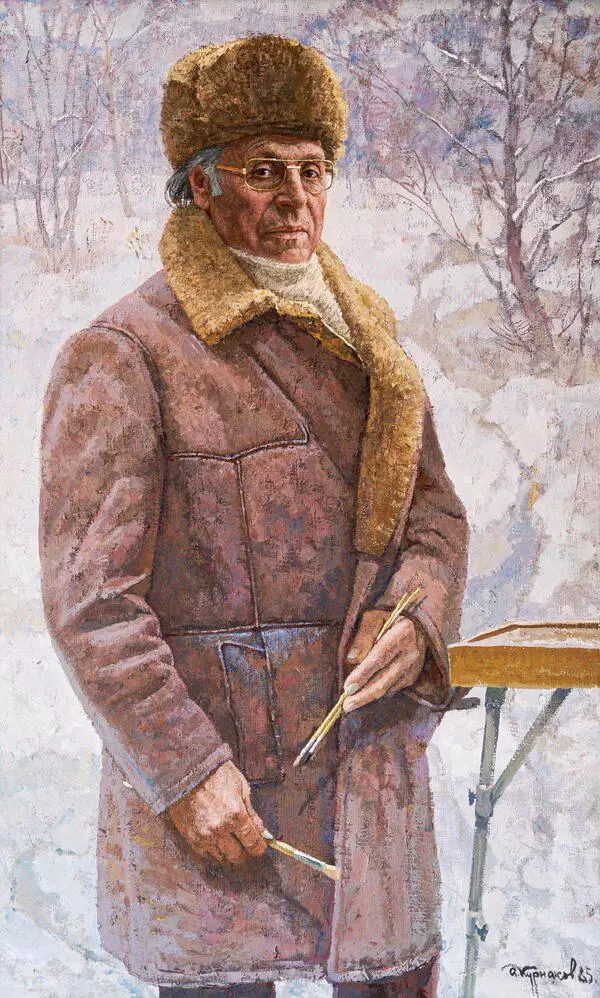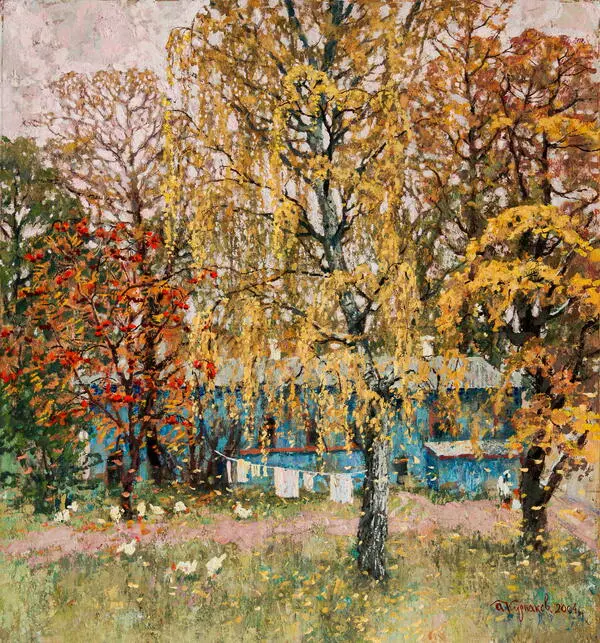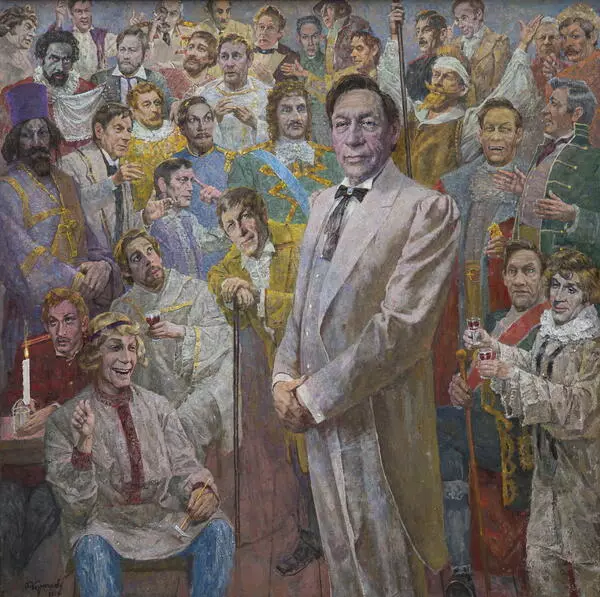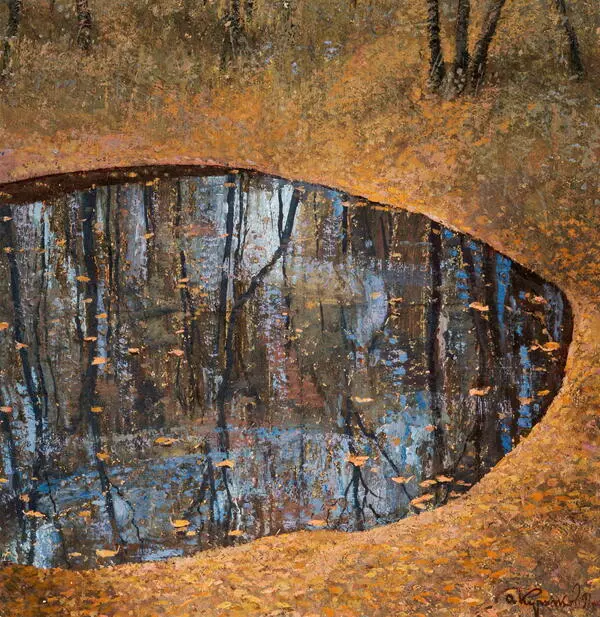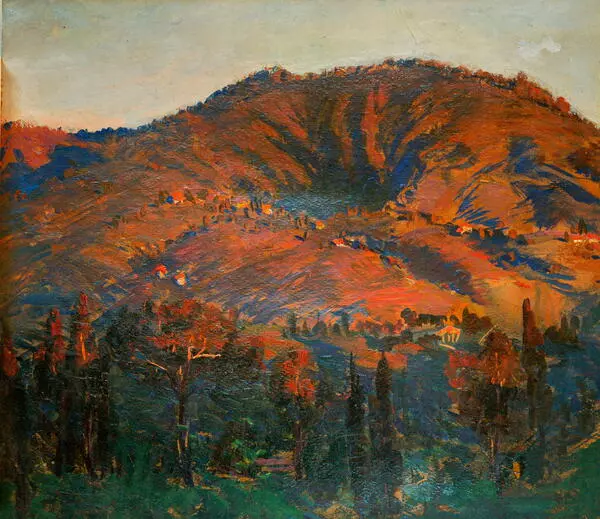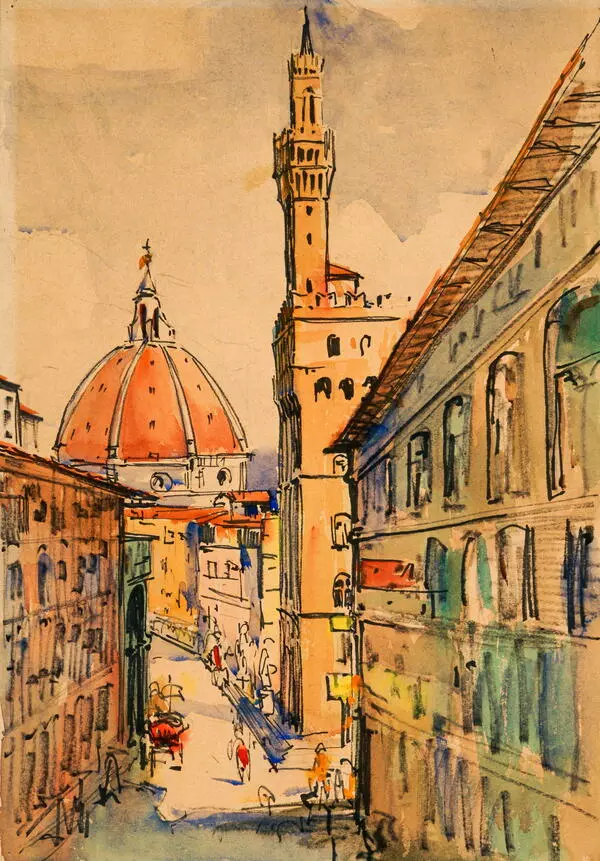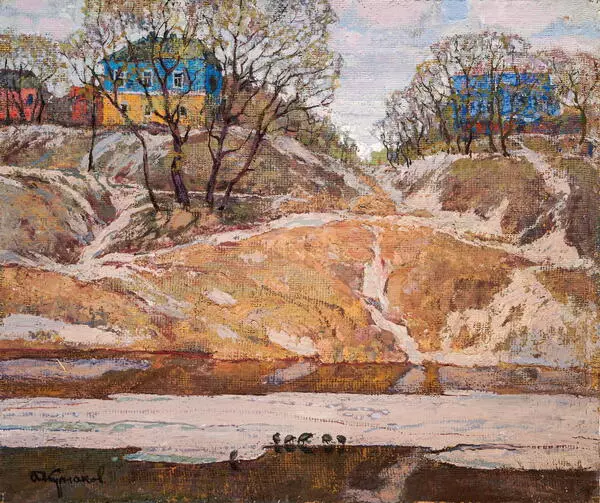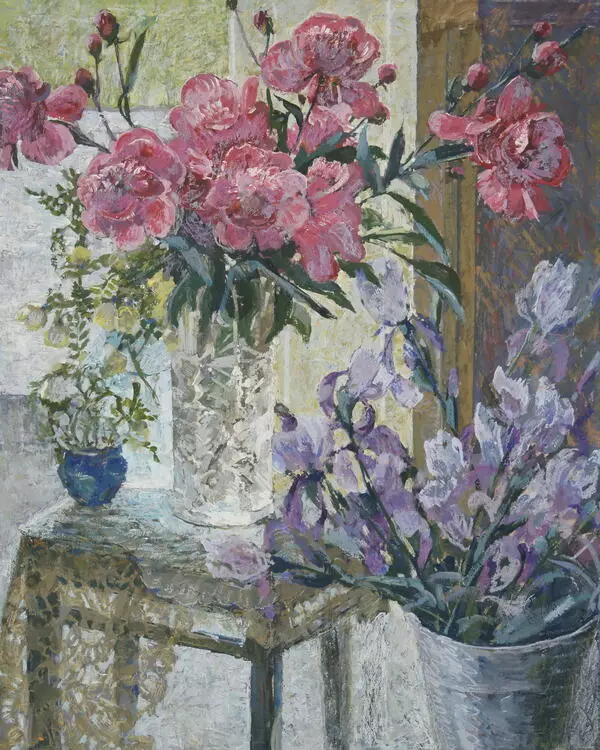Joan of Arc is a national heroine of France: each city in the country has either a statue, a street, a square, a museum, or even a church named after her. At the age of 17, she became the commander-in-chief of France. She addressed Charles, Dauphin of France, believing that she had been sent by God to help defeat the British in the violent Hundred Years’ War, which her country almost lost.
Under her leadership, the siege of Orléans was lifted in four days, which became a turning point for France and helped defeat the English army. However, Joan did not live to see the victory: Charles VII of France, who had gained the throne through Joan’s help, betrayed her. Joan of Arc was accused of heresy and burned at the stake.
Joan of Arc is the only victim of the Catholic Church, who not only was rehabilitated after death but also canonized. She is revered as a national hero everywhere, and the city of Orléans, which was liberated by her, has statues of her on practically every corner. The most famous one is located in Place du Martroi and is one of the most beautiful sights in the city.
Towering in the center of the square, the equestrian statue of Joan of Arc, dubbed the Virgin of Orléans, was cast from melted old English cannons by the neoclassical sculptor Denis Foyatier. The monument was erected in 1855. The pedestal is decorated with bas-reliefs by Gabriel-Vital Dubray, portraying the life and actions of Joan and her faithful companions.
Andrey Kurnakov sketched the statue in his notebook while traveling. Over time, the drafts turned into a finished work with a striking coloring. The city on the canvas seems airy and is filled with glowing light. The artist worked meticulously on the smooth color transitions from the pavement to the pedestal and the building behind the sculpture. Autumn trees on the square and a few passers-by are enveloped in a light haze.
It seems that the artist does not paint the sculpture in great detail on purpose. Even without it, he manages to express both the scale and the elegance of the statue, as well as to capture the movement of the horse and the gesture of the rider. Joan of Arc, portrayed by Kurnakov, looks courageous and lyrical at the same time, with a touch of mystery and tenderness. The heroine holds her head high, her proud posture is supported by the importance of the mission and power vested in her by heaven. She is dressed in armor, holding the sword that she only used for deflecting blows and defending herself. At her last trial, Joan of Arc testified that she never killed anyone intentionally.
Under her leadership, the siege of Orléans was lifted in four days, which became a turning point for France and helped defeat the English army. However, Joan did not live to see the victory: Charles VII of France, who had gained the throne through Joan’s help, betrayed her. Joan of Arc was accused of heresy and burned at the stake.
Joan of Arc is the only victim of the Catholic Church, who not only was rehabilitated after death but also canonized. She is revered as a national hero everywhere, and the city of Orléans, which was liberated by her, has statues of her on practically every corner. The most famous one is located in Place du Martroi and is one of the most beautiful sights in the city.
Towering in the center of the square, the equestrian statue of Joan of Arc, dubbed the Virgin of Orléans, was cast from melted old English cannons by the neoclassical sculptor Denis Foyatier. The monument was erected in 1855. The pedestal is decorated with bas-reliefs by Gabriel-Vital Dubray, portraying the life and actions of Joan and her faithful companions.
Andrey Kurnakov sketched the statue in his notebook while traveling. Over time, the drafts turned into a finished work with a striking coloring. The city on the canvas seems airy and is filled with glowing light. The artist worked meticulously on the smooth color transitions from the pavement to the pedestal and the building behind the sculpture. Autumn trees on the square and a few passers-by are enveloped in a light haze.
It seems that the artist does not paint the sculpture in great detail on purpose. Even without it, he manages to express both the scale and the elegance of the statue, as well as to capture the movement of the horse and the gesture of the rider. Joan of Arc, portrayed by Kurnakov, looks courageous and lyrical at the same time, with a touch of mystery and tenderness. The heroine holds her head high, her proud posture is supported by the importance of the mission and power vested in her by heaven. She is dressed in armor, holding the sword that she only used for deflecting blows and defending herself. At her last trial, Joan of Arc testified that she never killed anyone intentionally.

